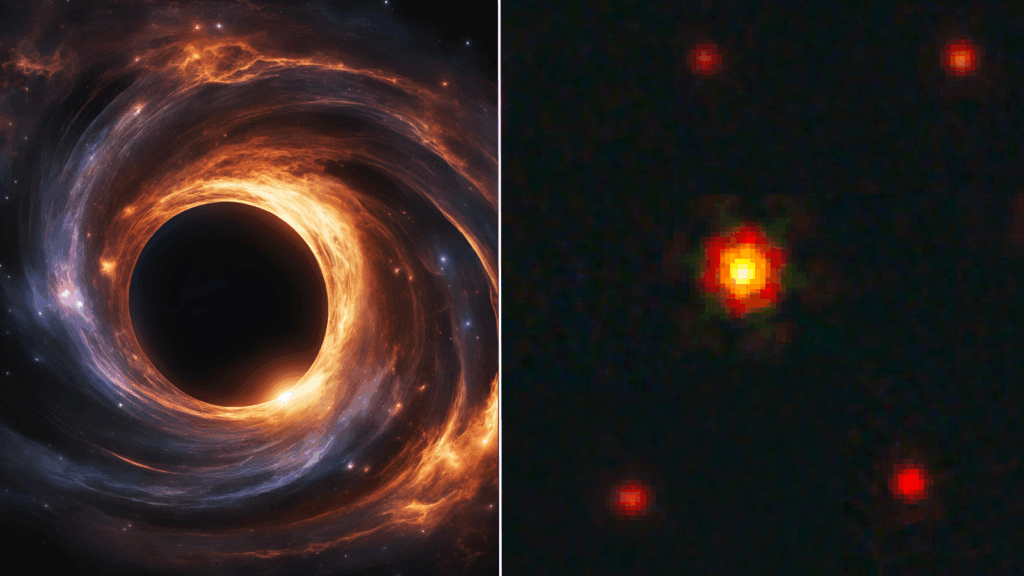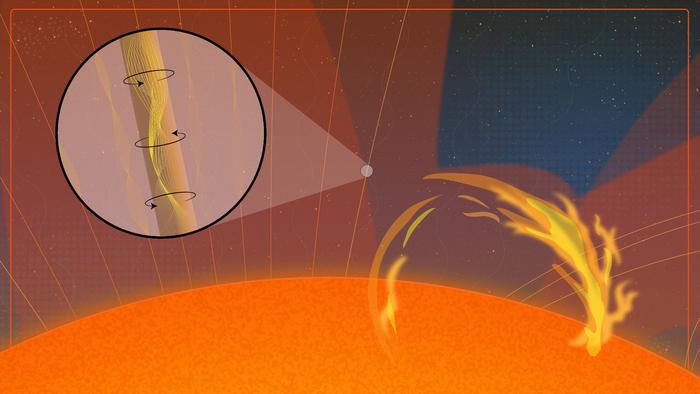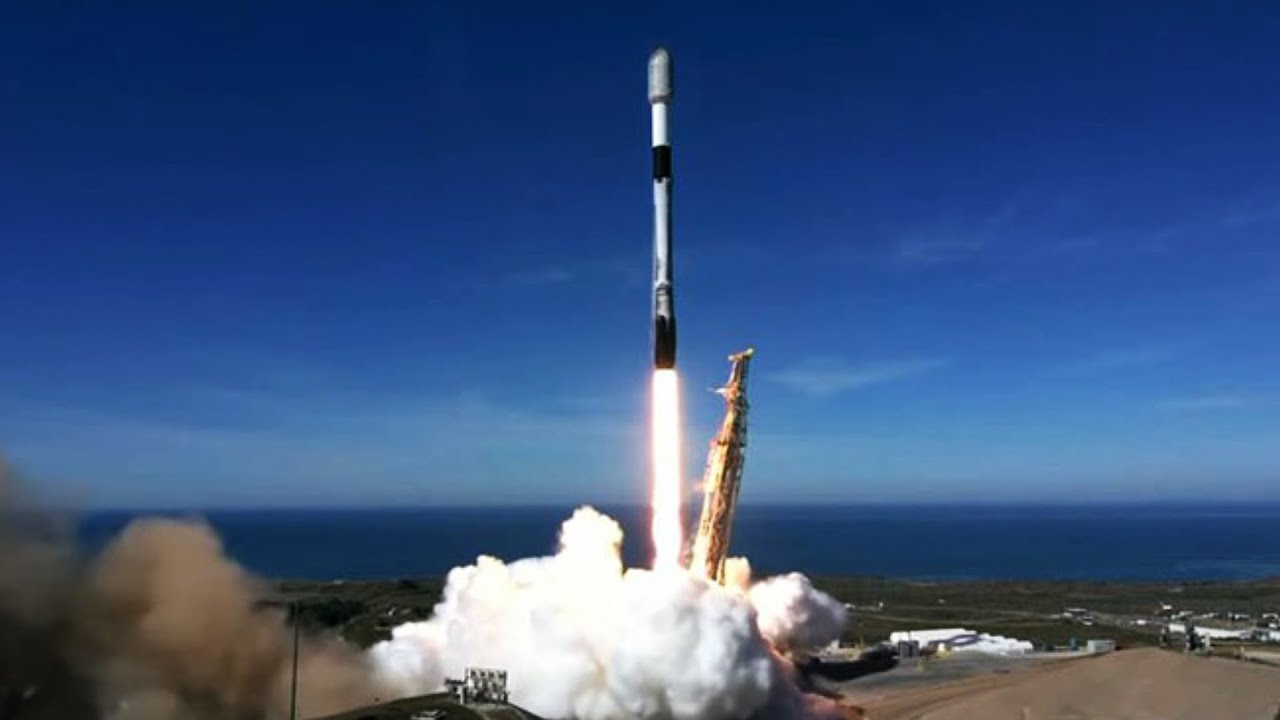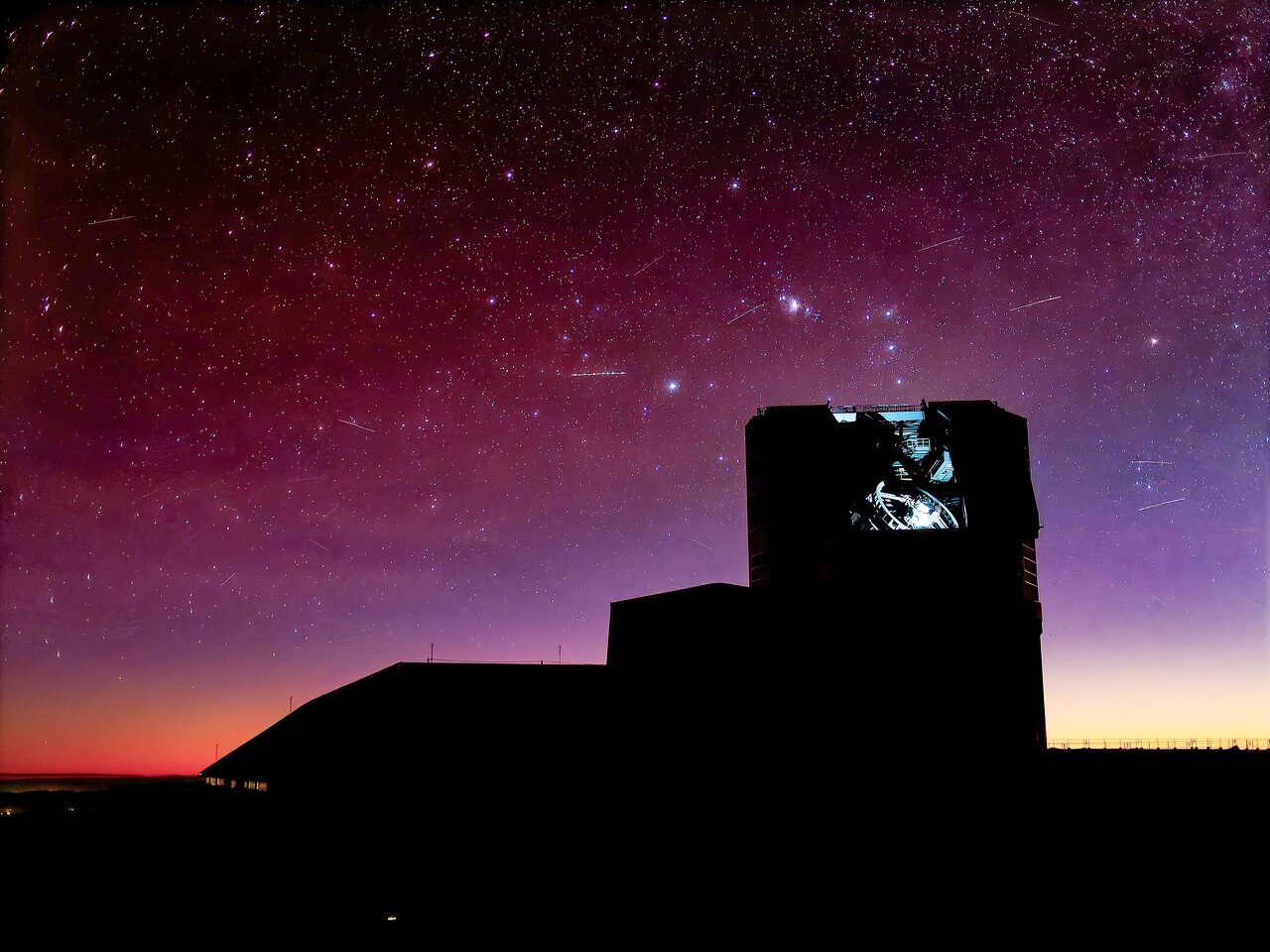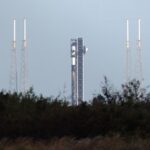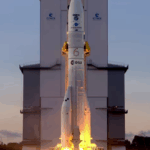Now Reading: ISS astronaut captures Egypt’s glittering Nile River at night | Space photo of the day for Aug. 26, 2025
-
01
ISS astronaut captures Egypt’s glittering Nile River at night | Space photo of the day for Aug. 26, 2025
ISS astronaut captures Egypt’s glittering Nile River at night | Space photo of the day for Aug. 26, 2025
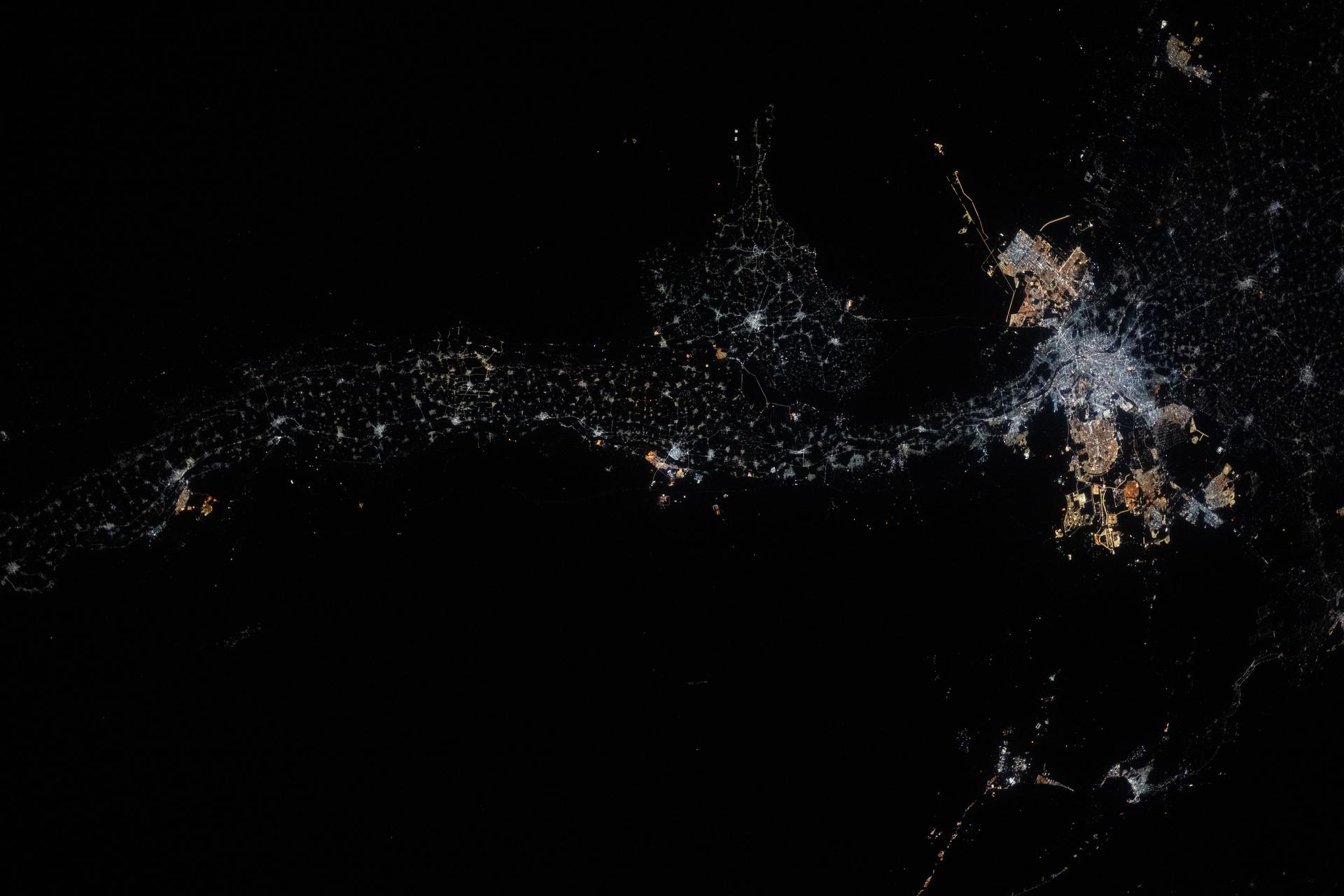
At 1:32 am local time, an astronaut aboard the International Space Station (ISS) captured a striking view of the Nile River glowing across Egypt.
What is it?
The Nile River, often called the “lifeblood of Egypt,” is the longest river in the world, stretching around 4,130 miles (6,650 kilometers) from its source in East Africa to its delta on the Mediterranean Sea.
Here, the lights along the river show the urban development along its banks, from Minya to New Bani Sewf City, ending in the glowing metropolis of Cairo at the Nile delta.
Where is it?
This photo was taken from the International Space Station, orbiting 259 miles (417 km) above our planet in low Earth orbit.
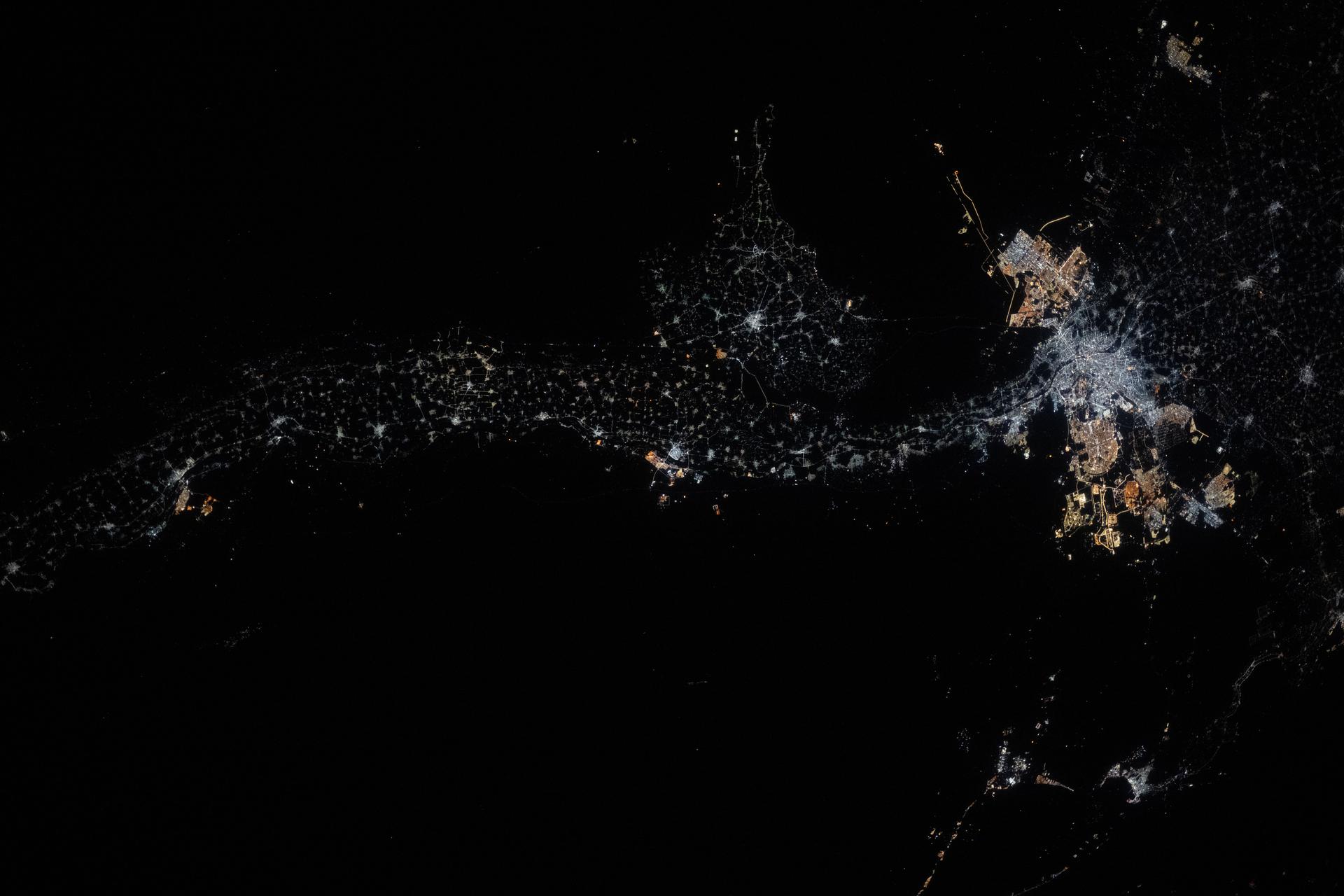
Why is it amazing?
For millennia, the Nile’s predictable annual floods deposited nutrient-rich silt on its banks, enabling agriculture to flourish in an arid landscape and giving rise to one of history’s most enduring civilizations. Ancient Egypt‘s cities, temples and trade networks were all anchored to this ribbon of water, and its cultural significance continues today.
Images like this one show how the reliance on the Nile changes geographically, as photographs from the ISS over time show changes in urban development across the river system.
Want to learn more?
You can read more about the International Space Station and the importance of rivers like the Nile.
Stay Informed With the Latest & Most Important News
Previous Post
Next Post
-
 012024 in Review: Highlights from NASA in Silicon Valley
012024 in Review: Highlights from NASA in Silicon Valley -
 02Panasonic Leica Summilux DG 15mm f/1.7 ASPH review
02Panasonic Leica Summilux DG 15mm f/1.7 ASPH review -
 03How New NASA, India Earth Satellite NISAR Will See Earth
03How New NASA, India Earth Satellite NISAR Will See Earth -
 04And Thus Begins A New Year For Life On Earth
04And Thus Begins A New Year For Life On Earth -
 05Astronomy Activation Ambassadors: A New Era
05Astronomy Activation Ambassadors: A New Era -
06SpaceX launch surge helps set new global launch record in 2024
-
 07Space Force plans new ‘Futures Command’ amid pressure to speed up modernization
07Space Force plans new ‘Futures Command’ amid pressure to speed up modernization












